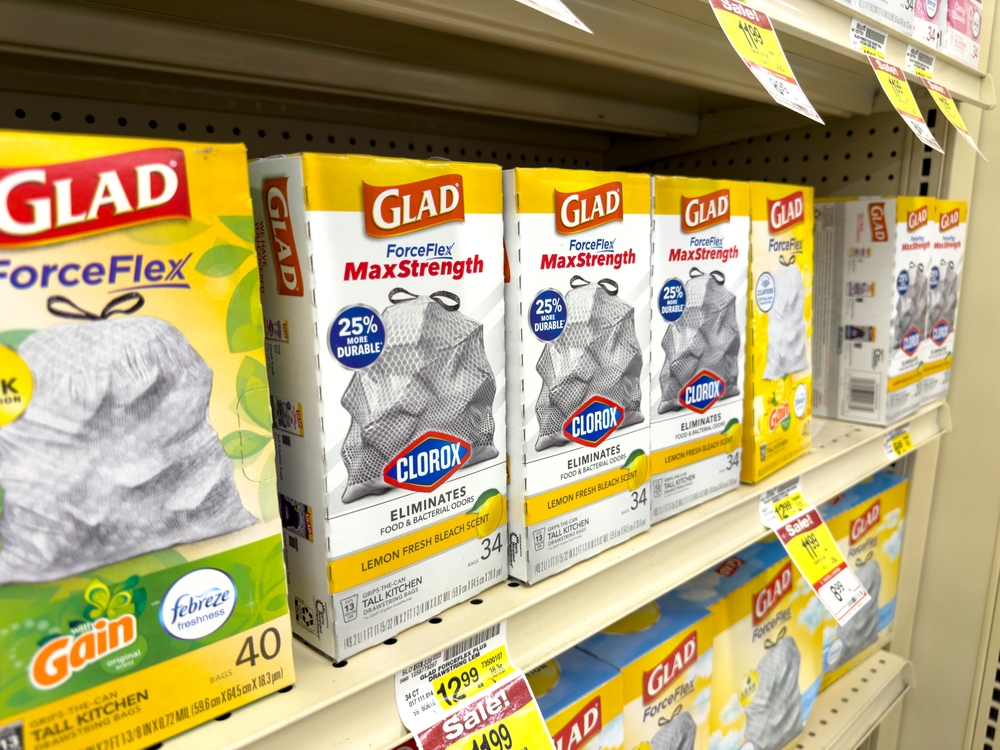Overview:
Will Glad need to dump its claim that its trash bags are “25% more durable,” or just move its disclosure statement? The NAD issues guidance on disclosure proximity on packaging.
Durability and Disclosures
Glad, the trash bag manufacturer, advertises that its ForceFlex MaxStrength Bags are “25% more durable.” The packaging contains an asterisk next to the claim, leading to an explanation that the comparison is with another Glad product, the 13-gallon ForceFlex bag. The “25% more durable” claim appeared across Glad’s website, product packaging, and in internet search results; disclosures following the asterisk were in different places, depending on the platform. On the website, the disclosure required scrolling, and other content unassociated with the product appeared in between the claim and the disclosure. On other pages, the colors made the text difficult to read. The product packaging has the claim on the front, with the disclosure on one side panel.
Reynolds Consumer Products LLC brought a challenge to these claims, arguing that “25% more durable” was misleading because the disclosure was inadequate. How close is close enough for a claim disclosure to make a difference to regulators?
NAD Disclosure Notice
The NAD found that the disclosures were not clear and conspicuous, and recommended that Glad modify its disclosures to be clearer. Glad appealed that decision to the National Advertising Review Board (NARB). In a very close decision, two of the three NARB panelists found the disclosures to be sufficient.
When advertisers draw comparisons that could be considered comparisons to the competition, their disclosures must be clear, conspicuous–and backed by claim substantiation research. MMR Strategy Group conducts research for substantiating advertising claims, as well as to provide evidence in litigation and for marketing research.
Read more about the NAD’s disclosure recommendations here.
